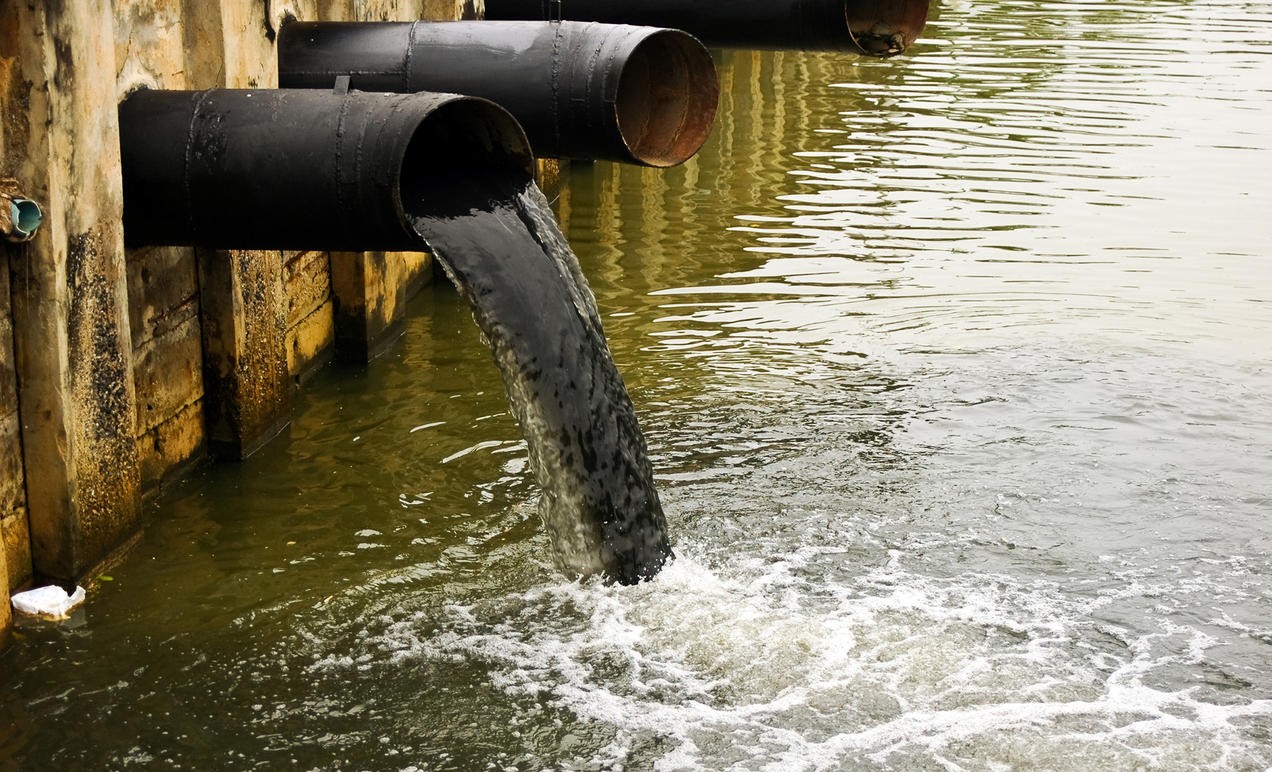Wastewater is any water that has been used. Used water could be from any or a mix of domestic, industrial, commercial, agricultural activities, surface runoff and sewer inflow.
In simple terms, wastewater is dirty water from human activities. Wastewater is also technically referred to as Effluent.
According to the International Water Association, “Globally, eighty percent of all wastewater is dumped untreated into water bodies”.
Sources of Pollution
The primary sources of water pollution are:
- Discharge of untreated sewage from households (human waste or black water, grey water and yellow water from bathrooms, kitchens, and laundries), offices, hotels, institutions, restaurants, commercial establishments, hospitals, farms and floodwater
- Chemicals dumped from factories consisting of heavy metals, radioactive elements, organic and inorganic compounds
- Agricultural run-offs channel their way into our rivers and streams and groundwater sources.
- Urbanization and Industrialization
- Oil Spillage
- Acid Rain that is triggered by the burning of fossil fuels
- Anthropogenic activities – passing direct waste into rivers, oceans, lakes and other bodies of water. Harmful litter includes plastics, aluminium, glass and Styrofoam
Impact of Wastewater on the Environment and on Human Health
The adverse environmental impact of discharging untreated wastewater is as follows –
- The decomposition of the organic materials contained in wastewater can lead to the production of large quantities of foul-smelling gases.
- Untreated wastewater (sewage) contains large amounts of organic matter and nutrients. If this is discharged into a river/stream, it stimulates the growth of aquatic plants and algal bloom. This results in the depletion of oxygen. Oxygen depletion ultimately leads to the death of marine life and renders the water unappealing. This phenomenon is called EUTROPHICATION.
- Untreated wastewater contains numerous pathogenic, or disease-causing microorganisms and toxic compounds, that dwell in the human intestinal tract or may be present in particular industrial wastes. These pathogens and compounds may contaminate the land or water body, where such sewage is disposed of.
For the preceding reasons, the treatment and disposal of sewer/wastewater are not only desirable but also necessary.
Wastewater Management Flow Chart

EFFICIENT WASTEWATER TREATMENT PLANTS LOWER OPERATING COSTS
Environmental Effort = Reduced Consumption = Lower Operating Costs
Why Treat Wastewater?
- To remove organic and inorganic matter which would otherwise cause pollution
- To remove pathogenic (disease-causing) organisms
- To protect the Environment and Human Health
There’s a long way to go in wastewater management, but as we mature as a society and as our technologies progress, we can improve our methods of protecting our water sources. We should all embrace our roles, and take responsibility no matter how little, in protecting our water sources.




Leave A Comment